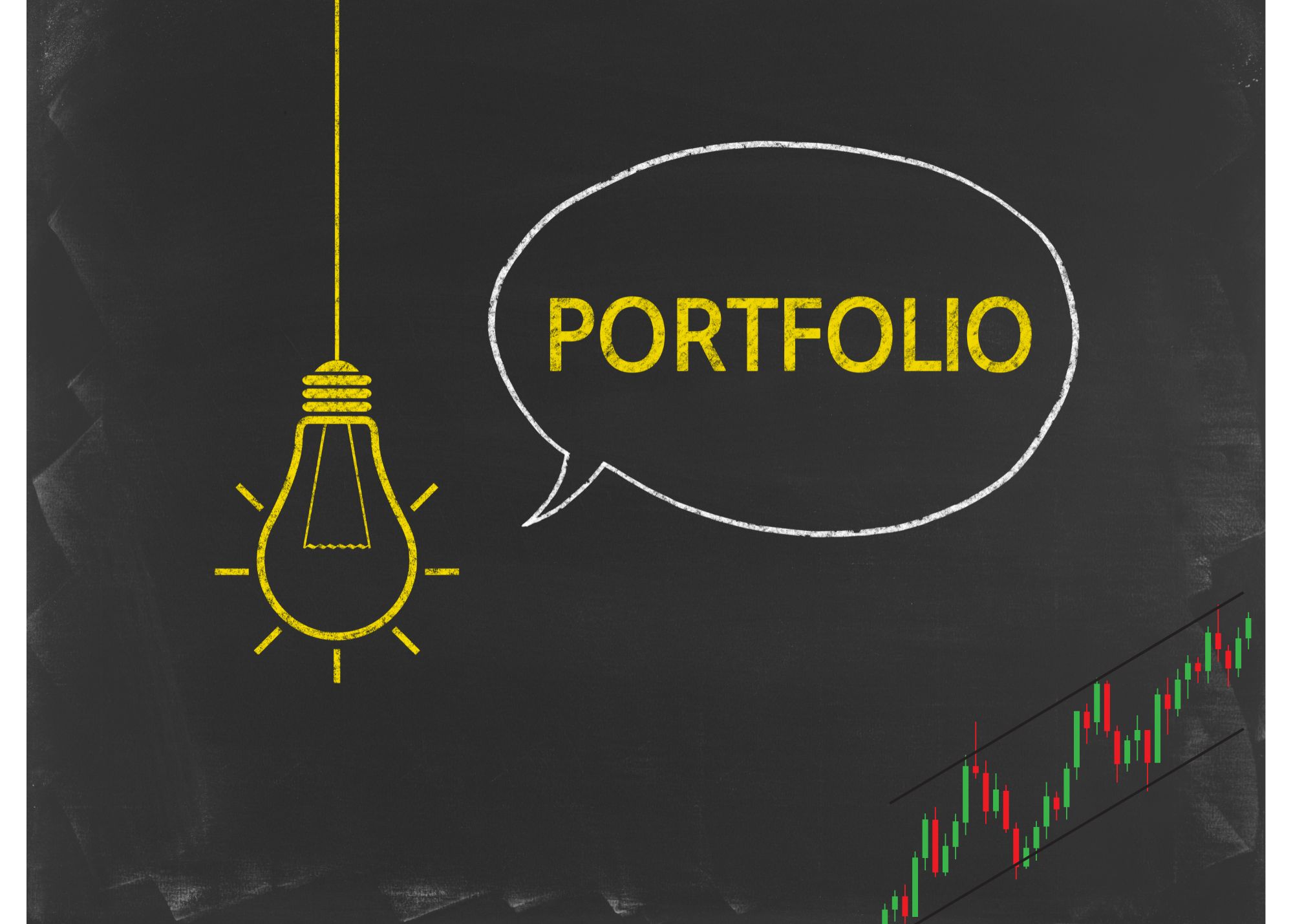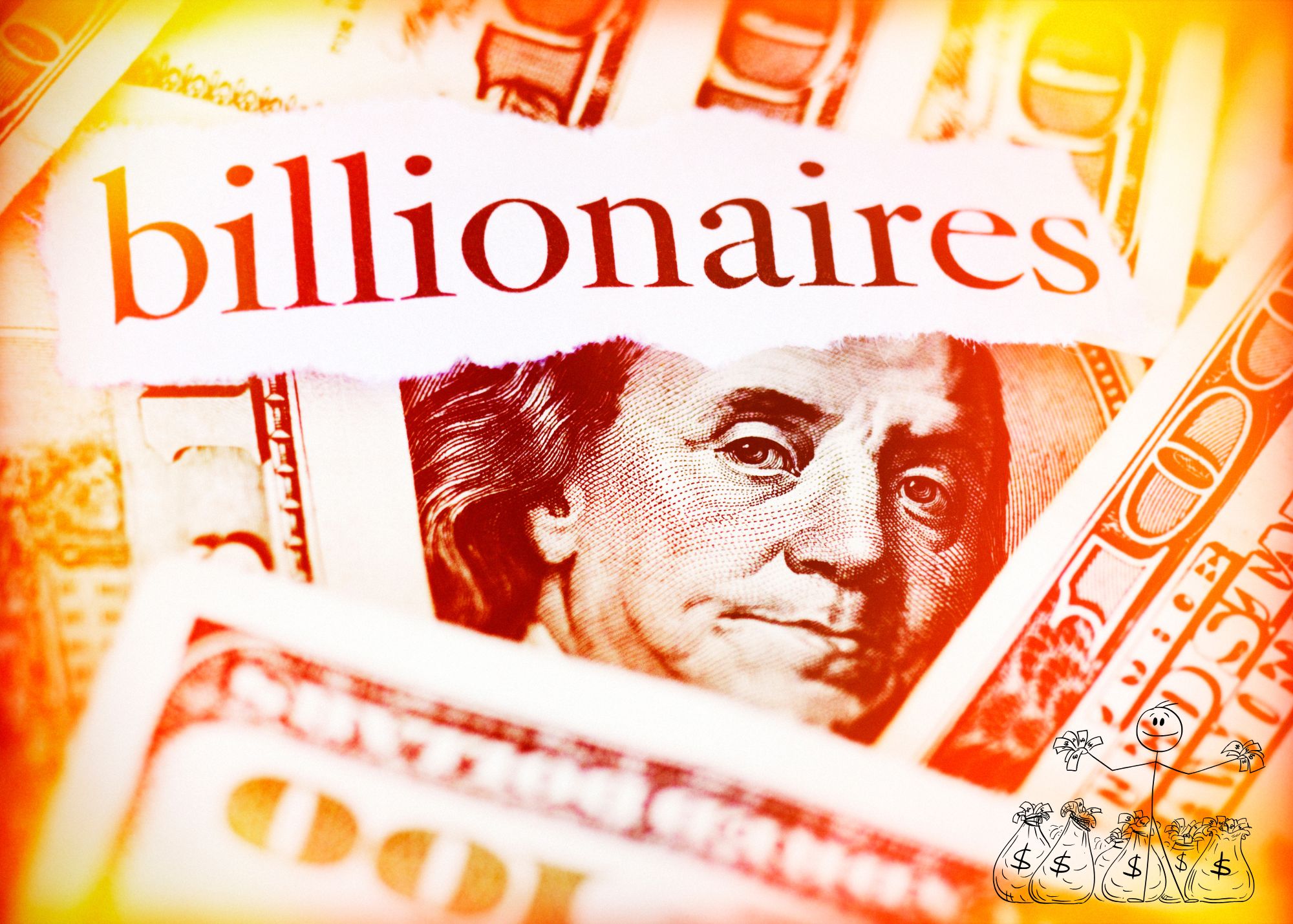3 Ways To Protect Against a Market CRASH
With news coming out that Buffett has lightened up on Bank of America, a core holding since 2011, in addition to his sales earlier in the year of his largest equity holding, Apple, concerns are rising that the Oracle of Omaha is reading the tea leaves and seeing gloom on the horizon.
That’s not a surprise given that the so-called Buffett Indicator, measuring Total Market Cap to GDP, is as high as ever. With seemingly limited market upside and a lot of downside, what can an investor do now to protect against a market correction?
Key Points
- Buffett is selling assets like Apple and Bank of America to raise cash, primarily investing in short-term Treasury bills for flexibility and reduced market exposure.
- To limit risk during downturns, spread investments across various asset classes, including bonds, commodities, and real estate.
- Consider investing in dividend-paying companies with strong balance sheets to generate income and protect against market declines.
Do What Buffett Is Doing
The most obvious first step is to raise cash holdings, just as Buffett is doing. He sold billions in Apple stock and nearly a billion in Bank of America stock most recently in order to shore up his balance sheet cash reserves that are, astonishingly, approaching $300 billion.
Buffett’s favored instrument when allocating cash is 3 or 6-month Treasury bills. These reduce exposure to the market and offer you flexibility to buy assets at lower prices after the correction.
By gradually selling assets over time to raise cash, you don’t have to time the market perfectly and it allows for a more measured approach to reducing risk.
Spread Money Across Asset Classes
Another favorite Buffett approach to limiting risk is to spread capital across asset classes. You’ll see his portfolio is a mix of asset classes from railways to candy companies, and from real estate to big tech.
If stocks fall, other assets like bonds, gold, or real estate might hold their value better or even increase.
You could consider allocating a portion of the portfolio to bonds, commodities, or alternative investments as well as international assets, which may be less correlated with domestic markets.
Get Paid While Waiting For A Bounce Back
Yet another favorite approach employed by Buffett is to get paid while waiting for market conditions to improve. While Buffett’s Berkshire Hathaway doesn’t pay a dividend, it regularly buys companies that offer quarterly payouts.
Buffett favors high-quality companies with strong balance sheets and consistent dividends because they tend to be more resilient during market downturns.
You could consider shifting part of your portfolio into established companies with a history of weathering economic downturns, such as Buffett’s favorite Coca Cola. Or simply scan for companies with low debt levels, stable earnings, and a track record of maintaining or increasing dividends.



